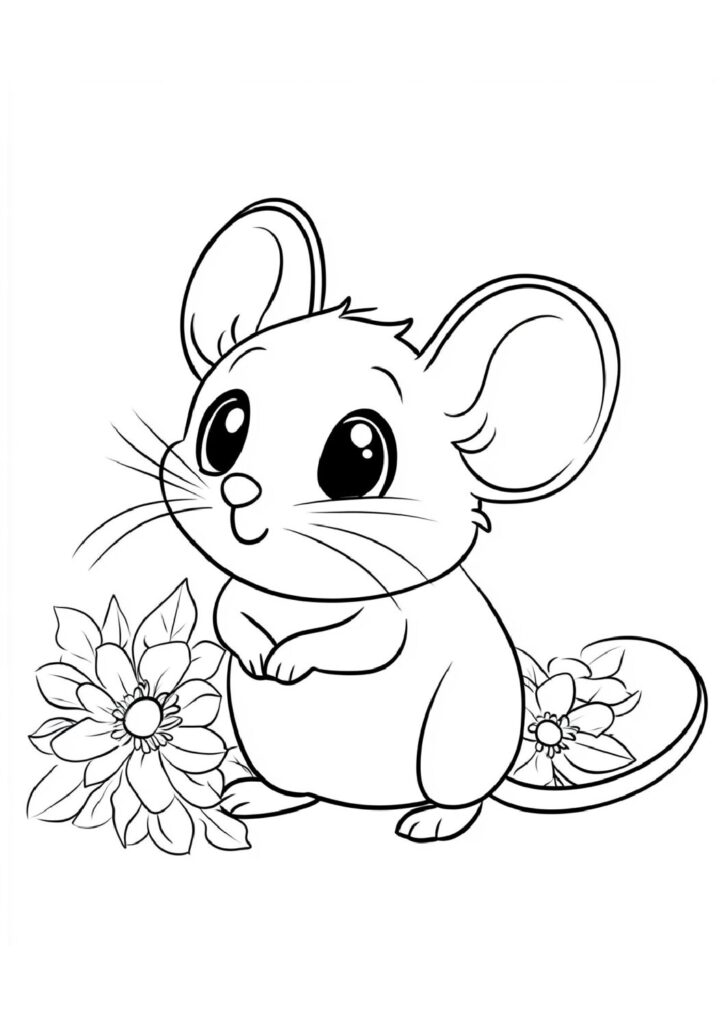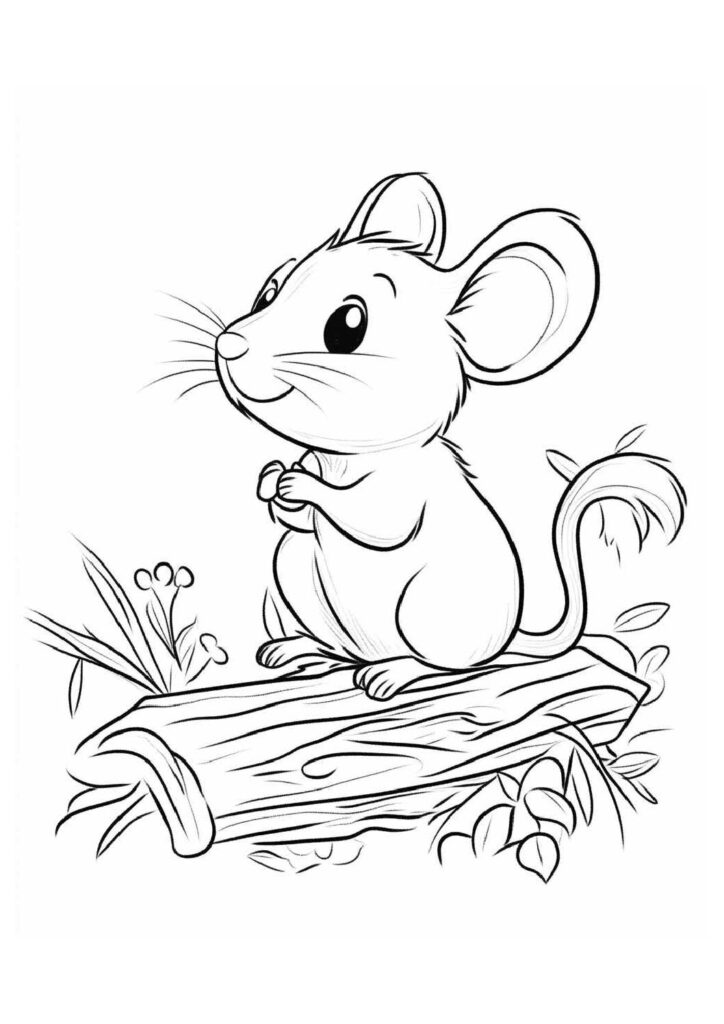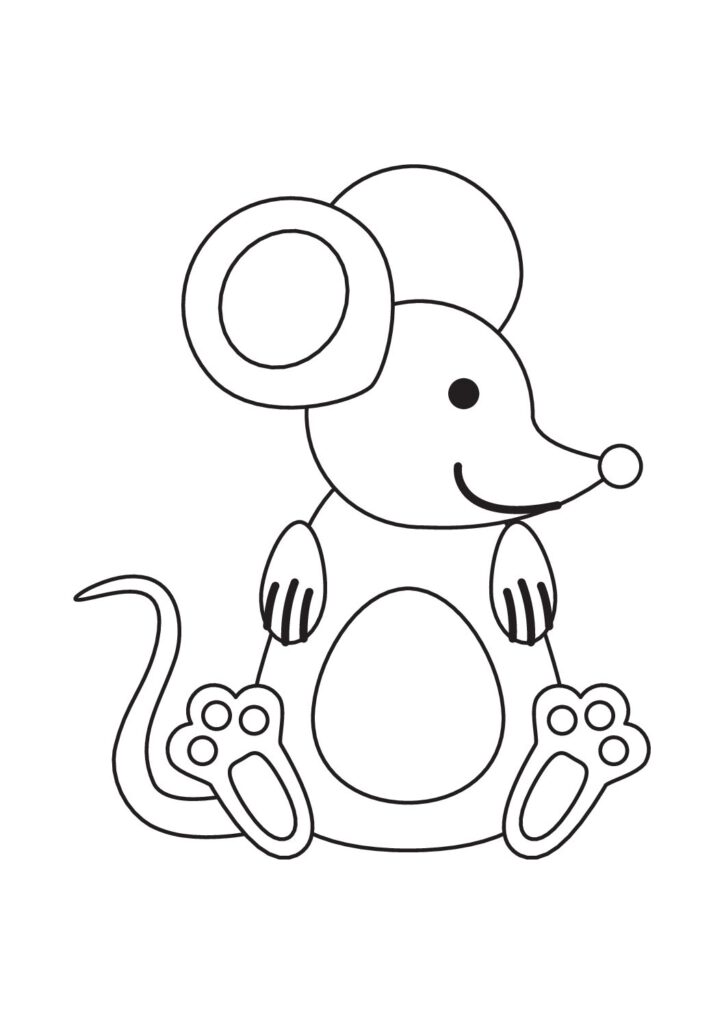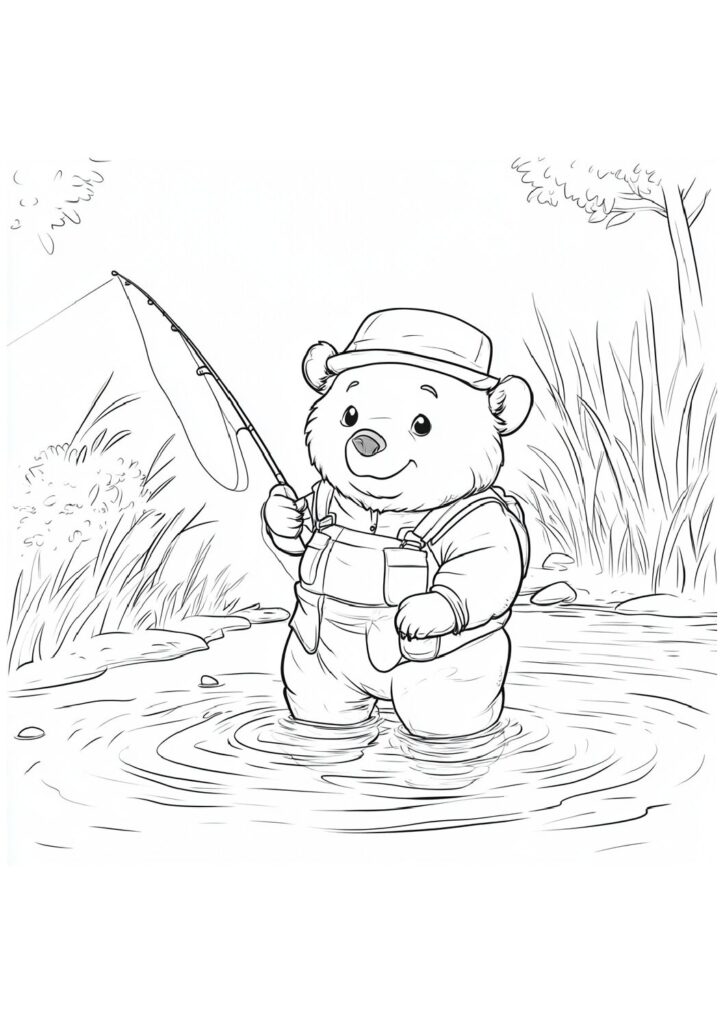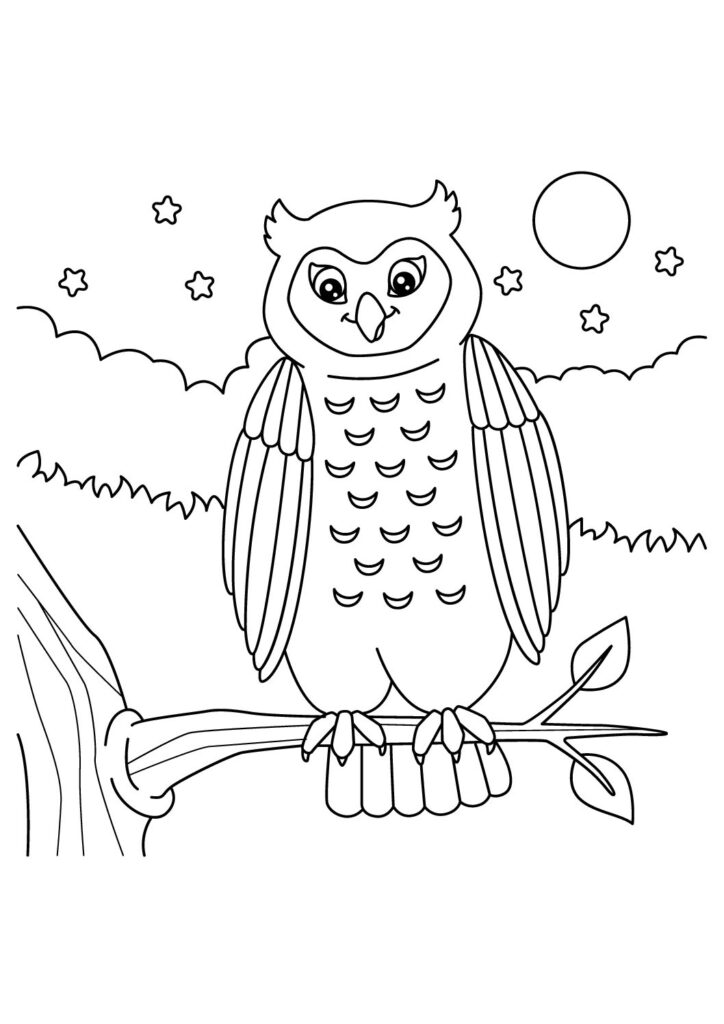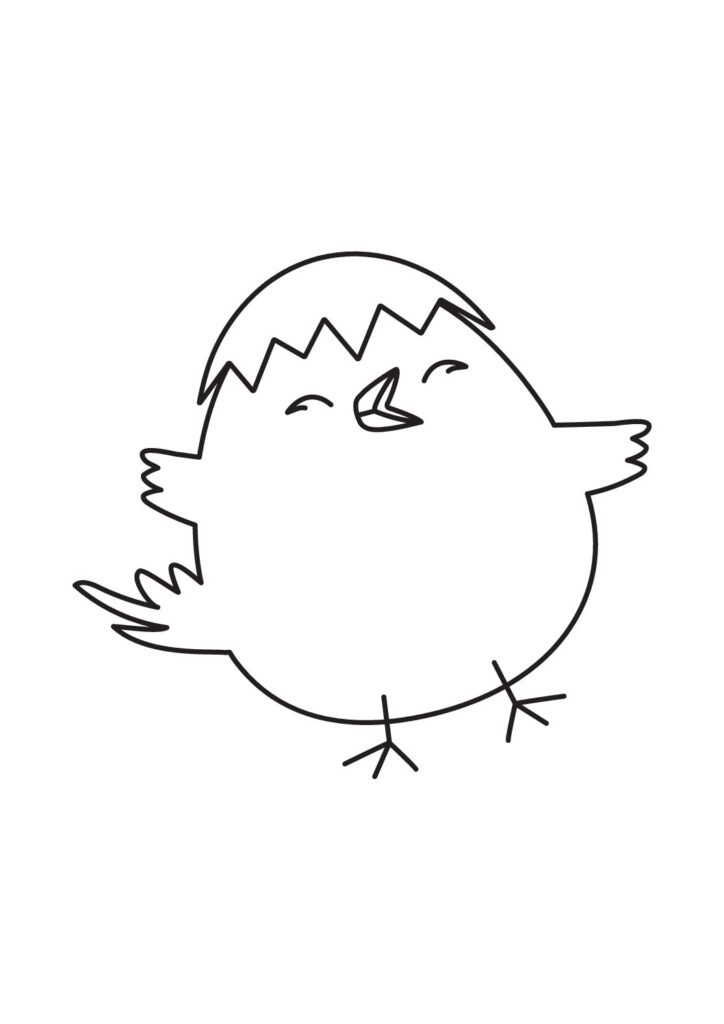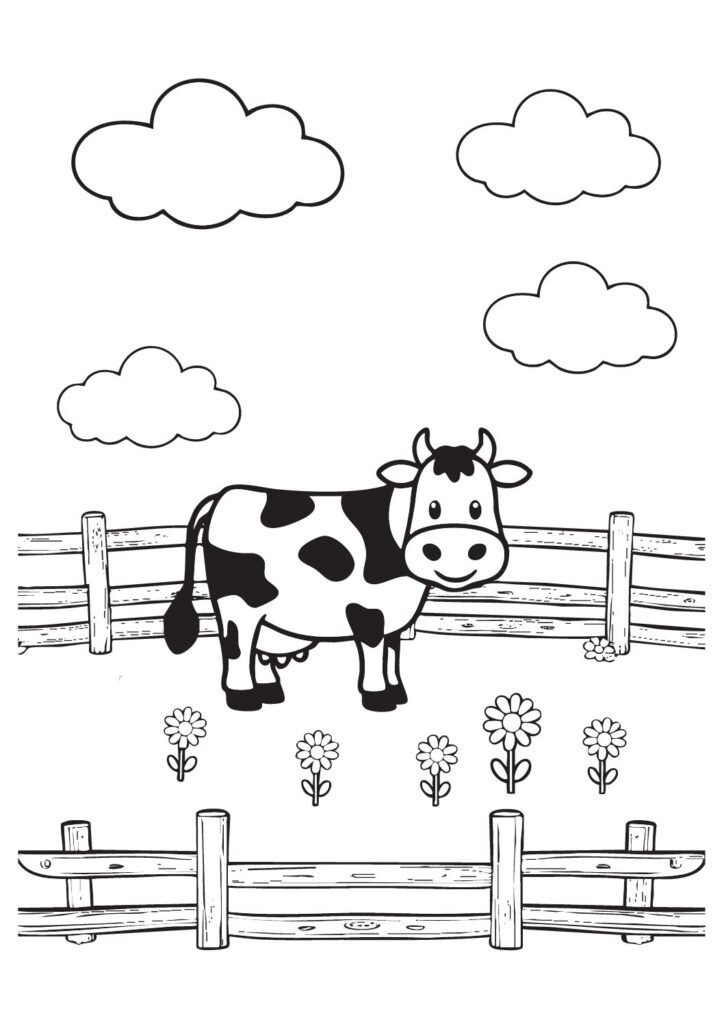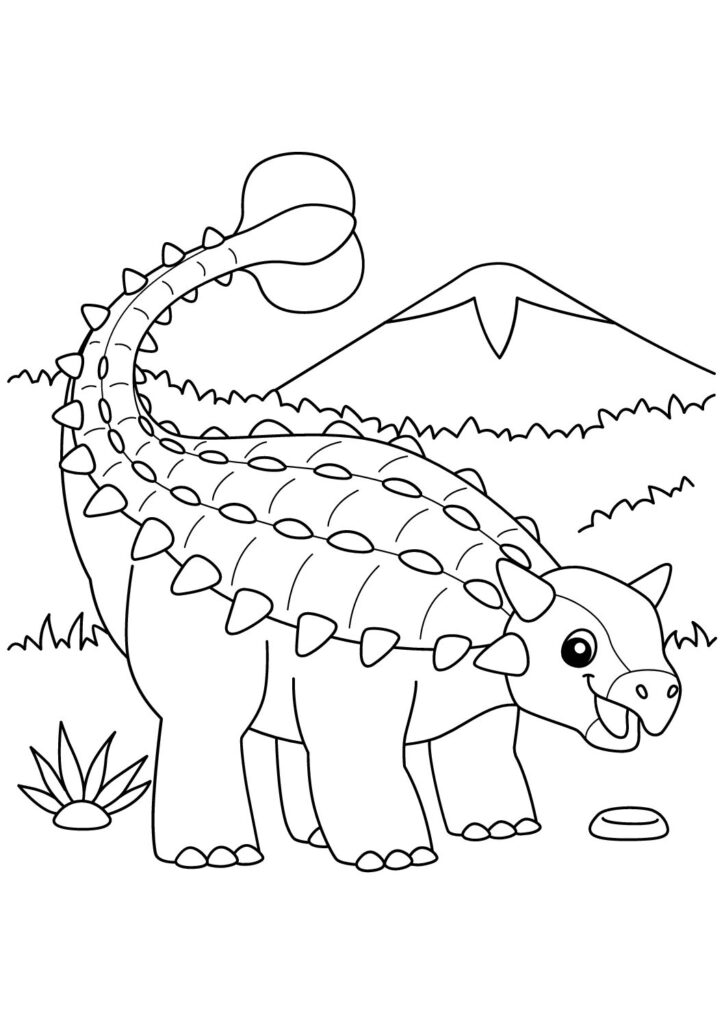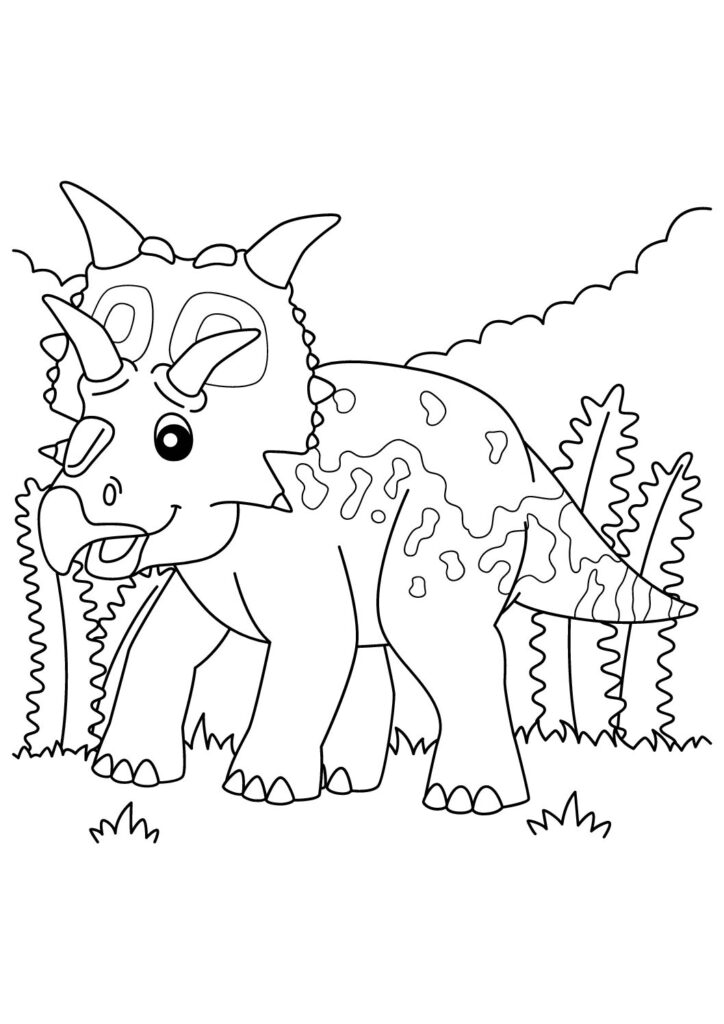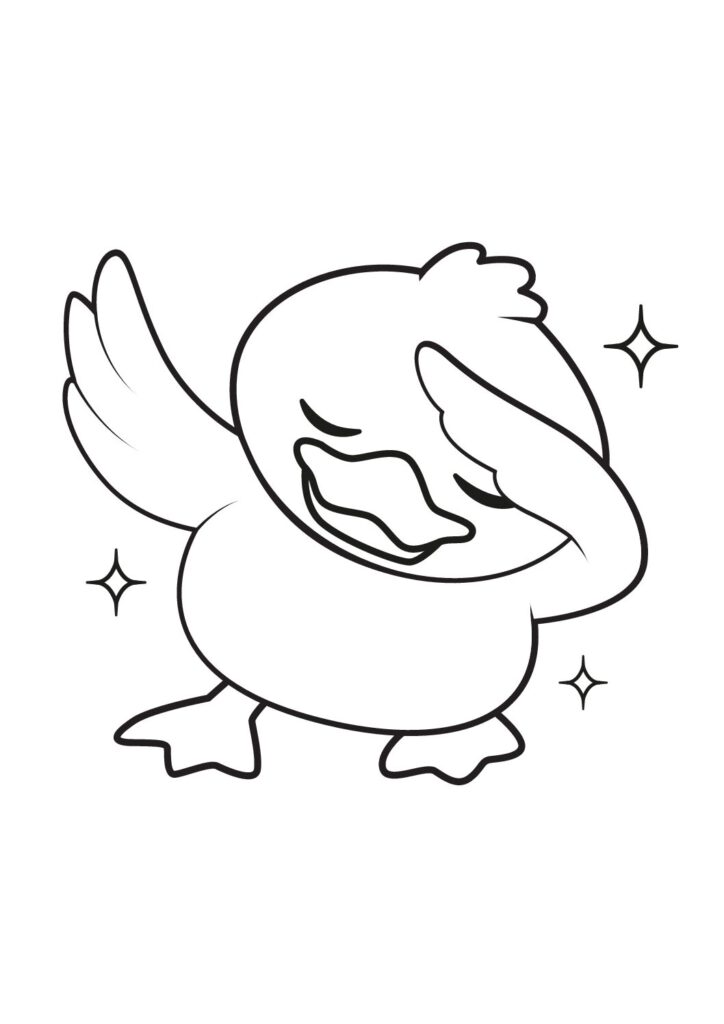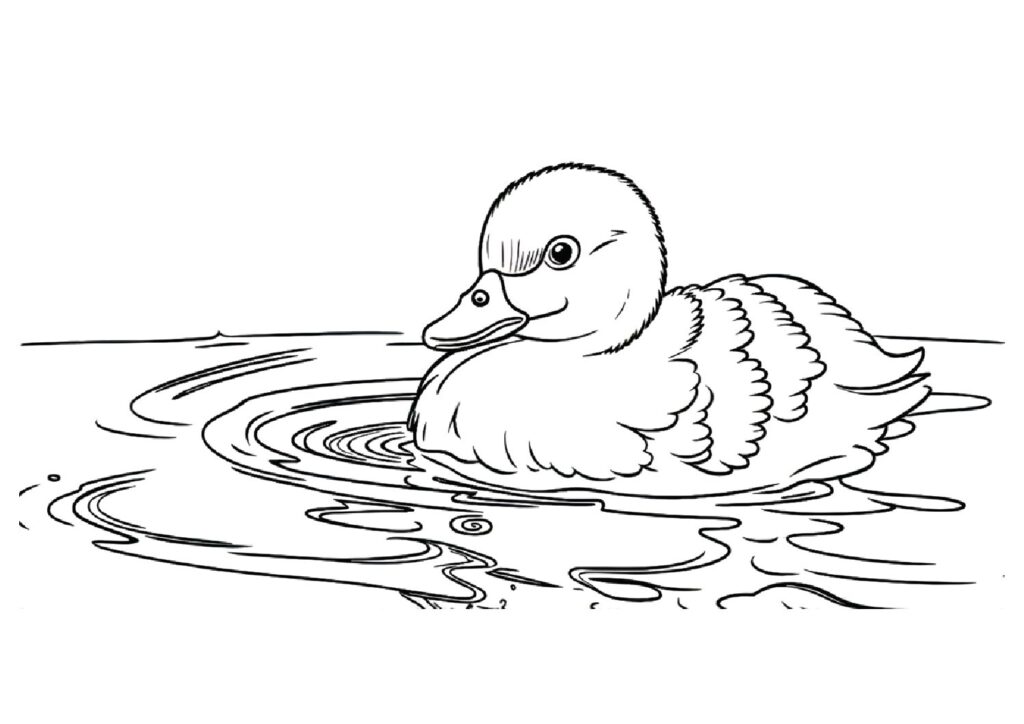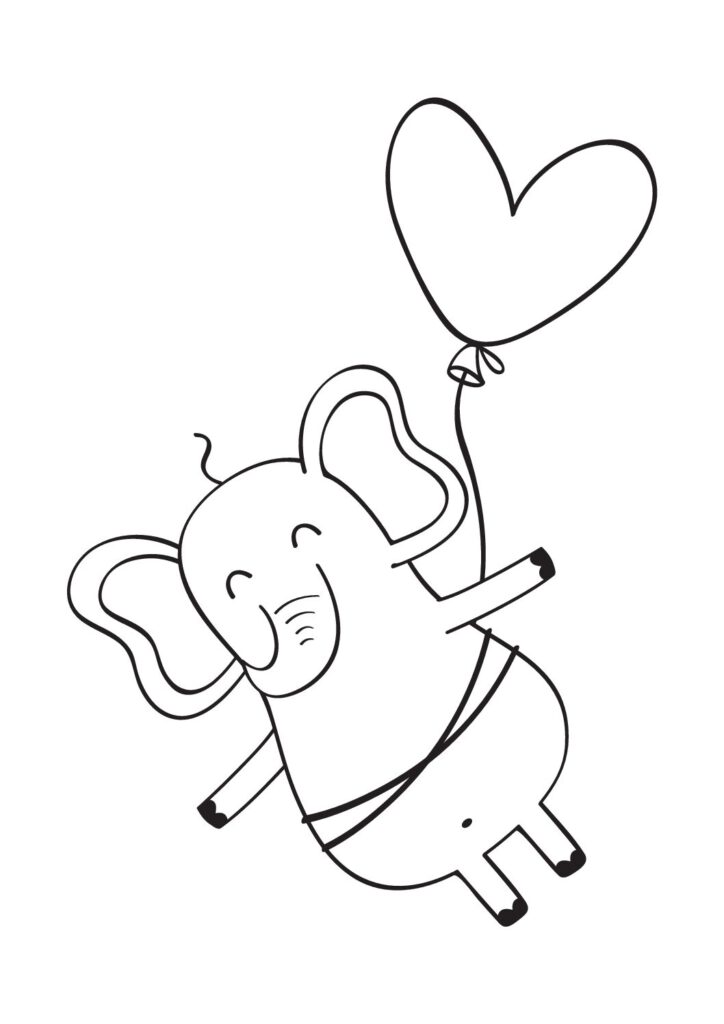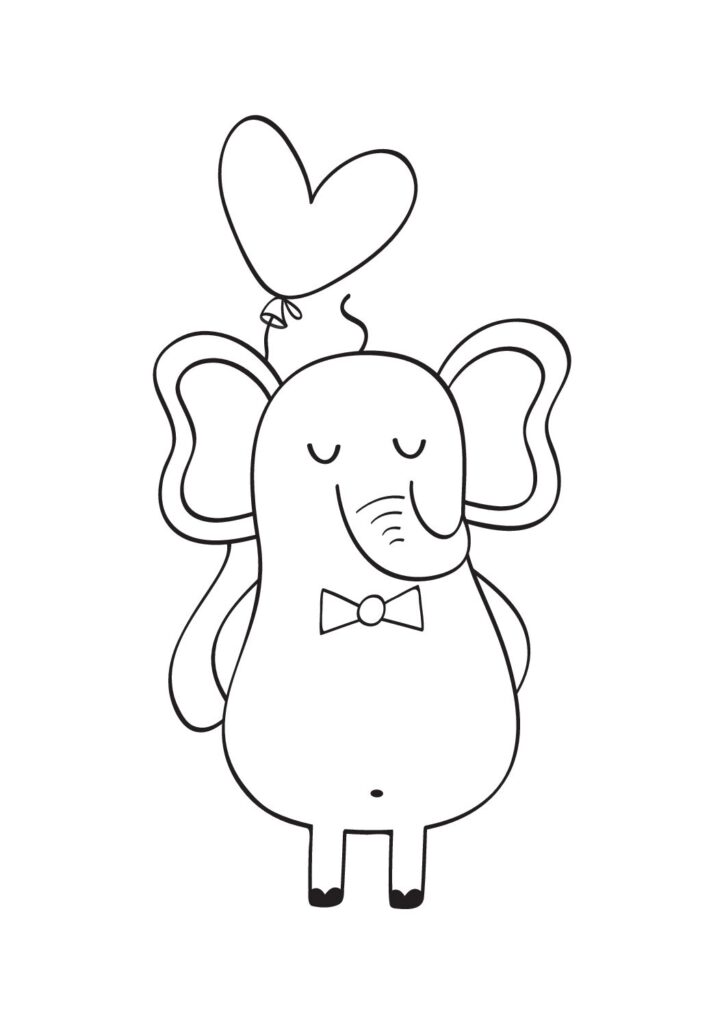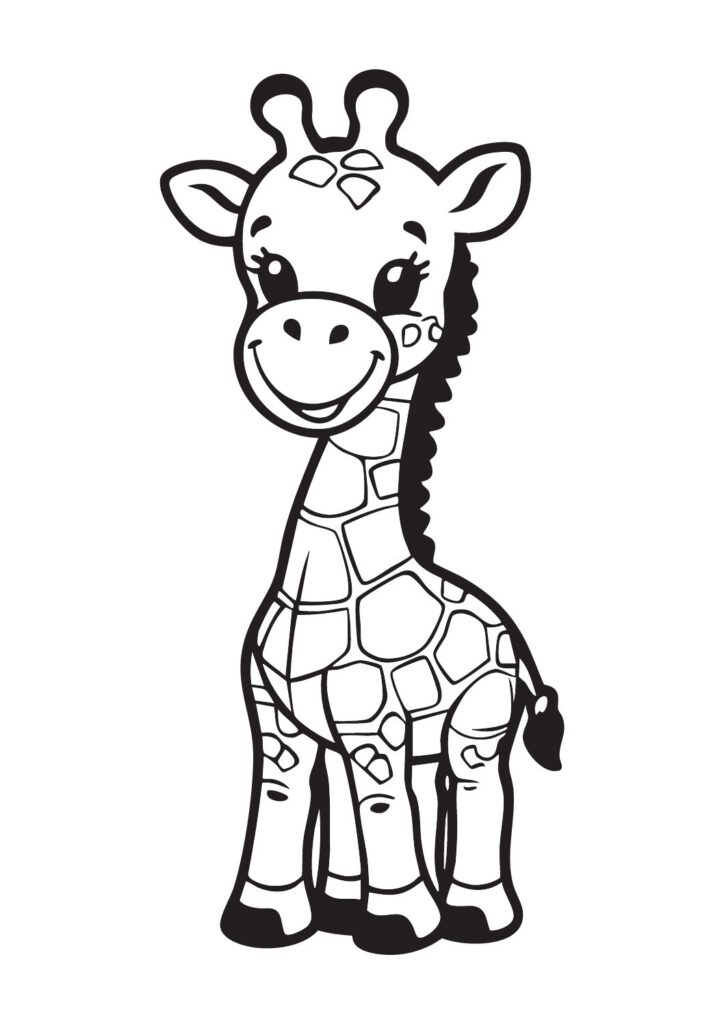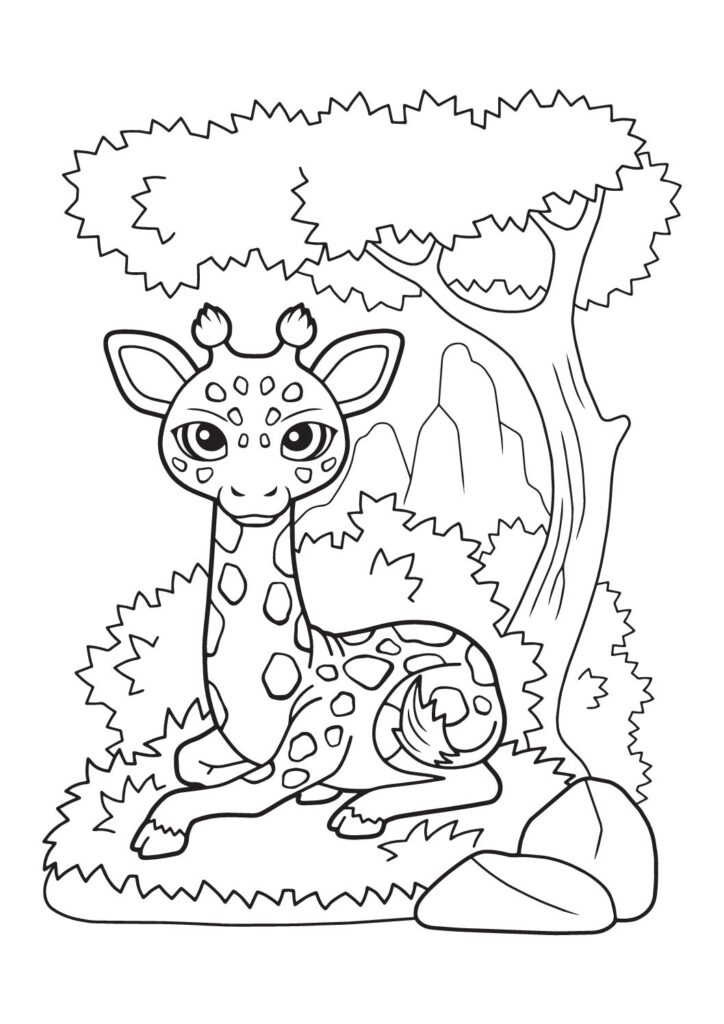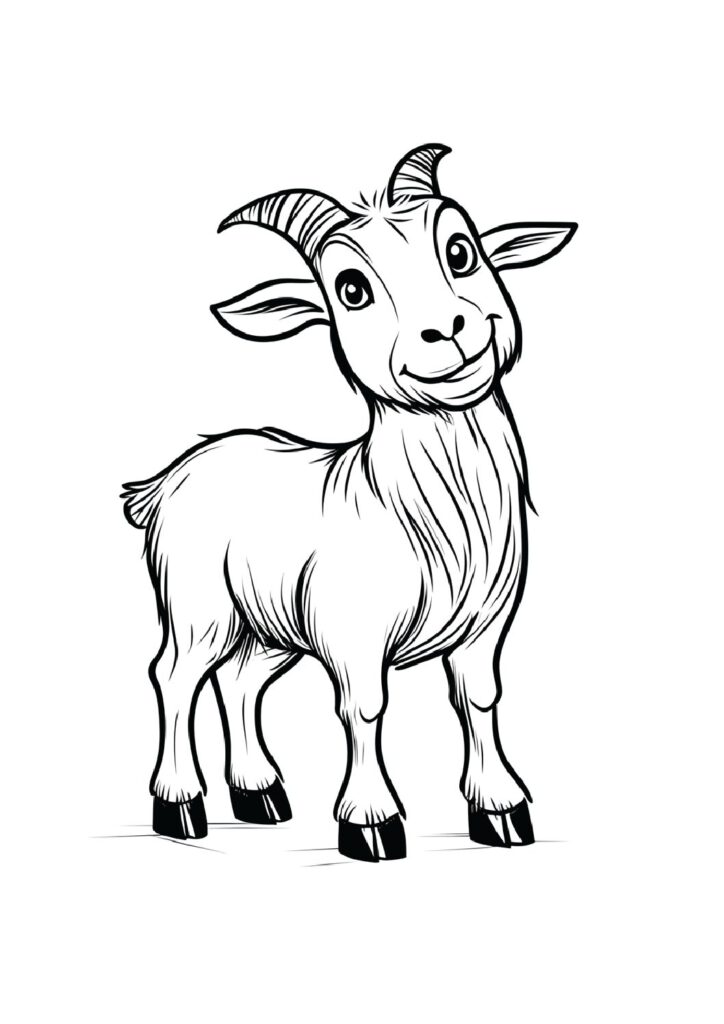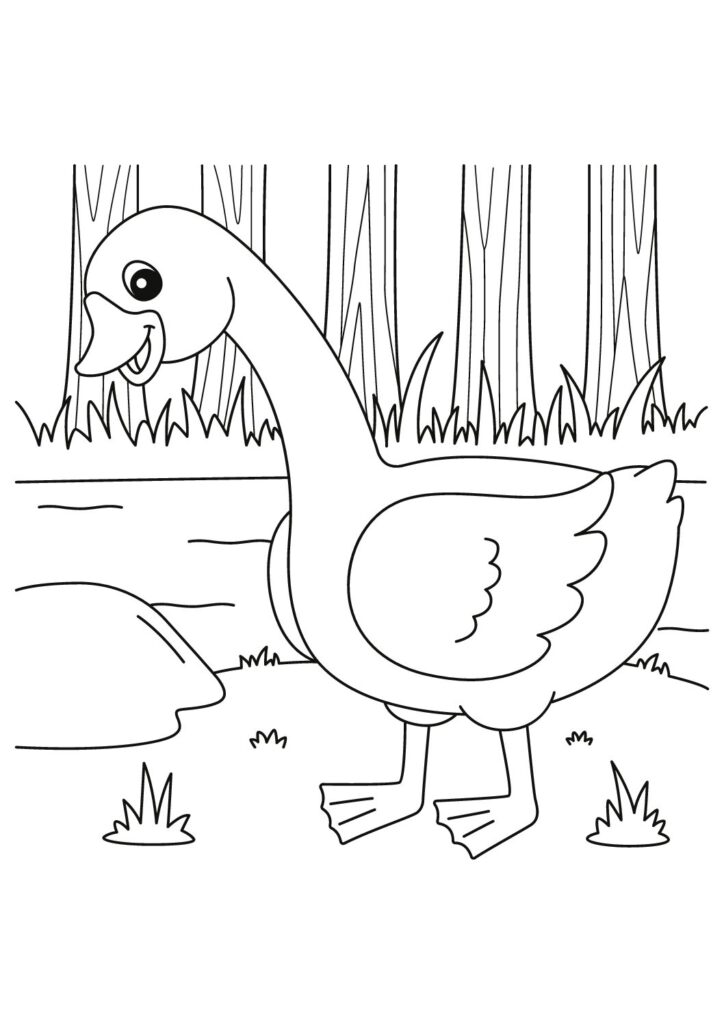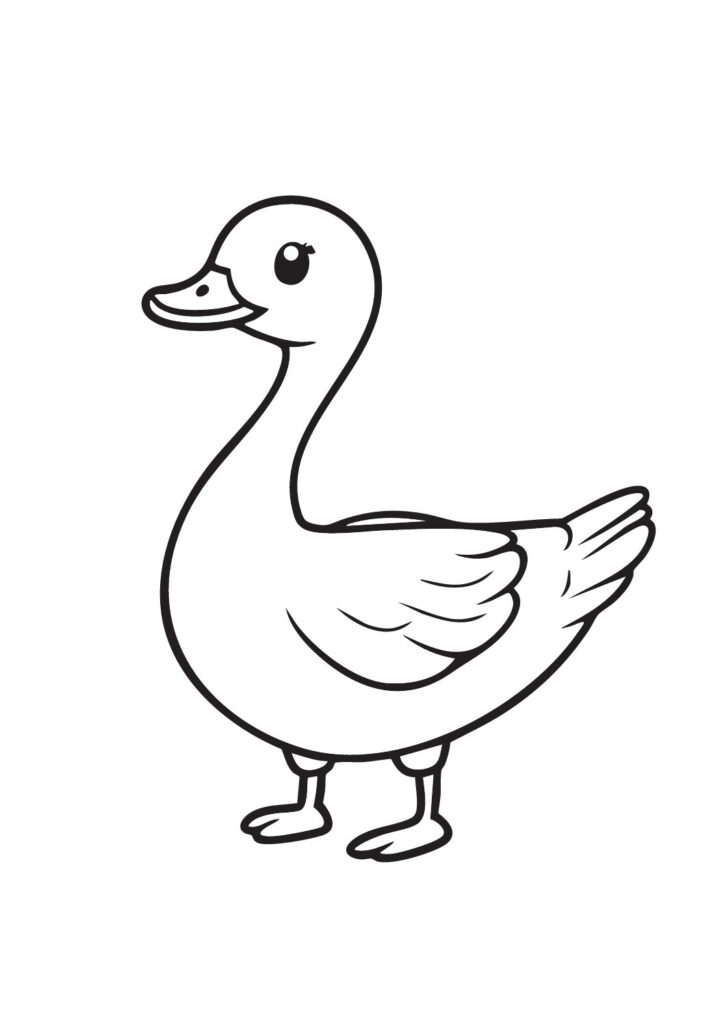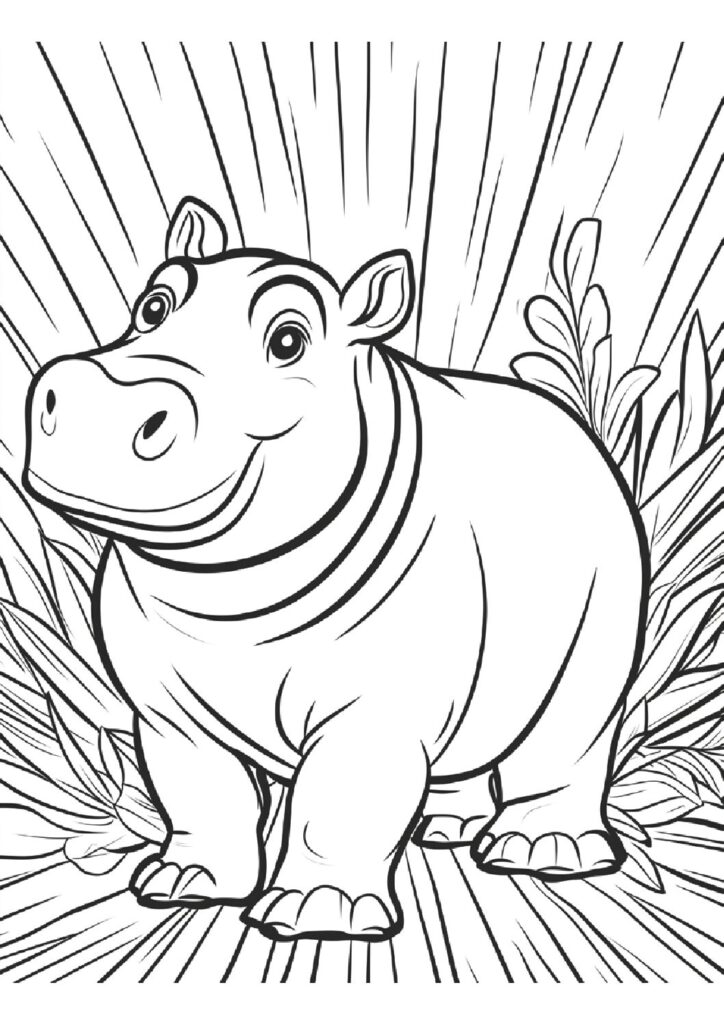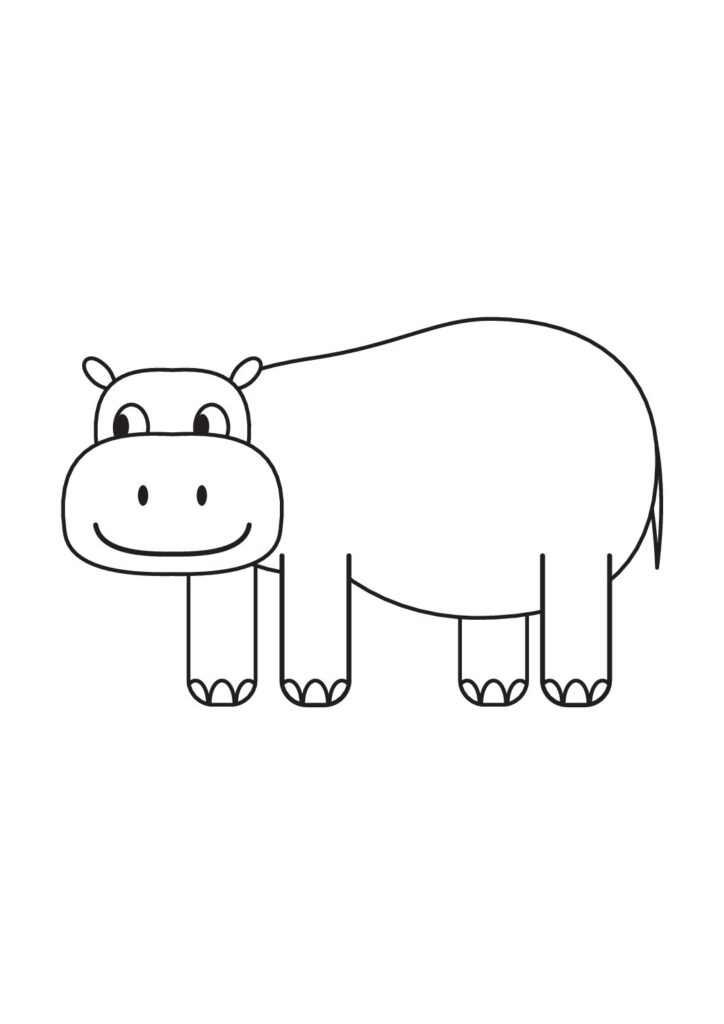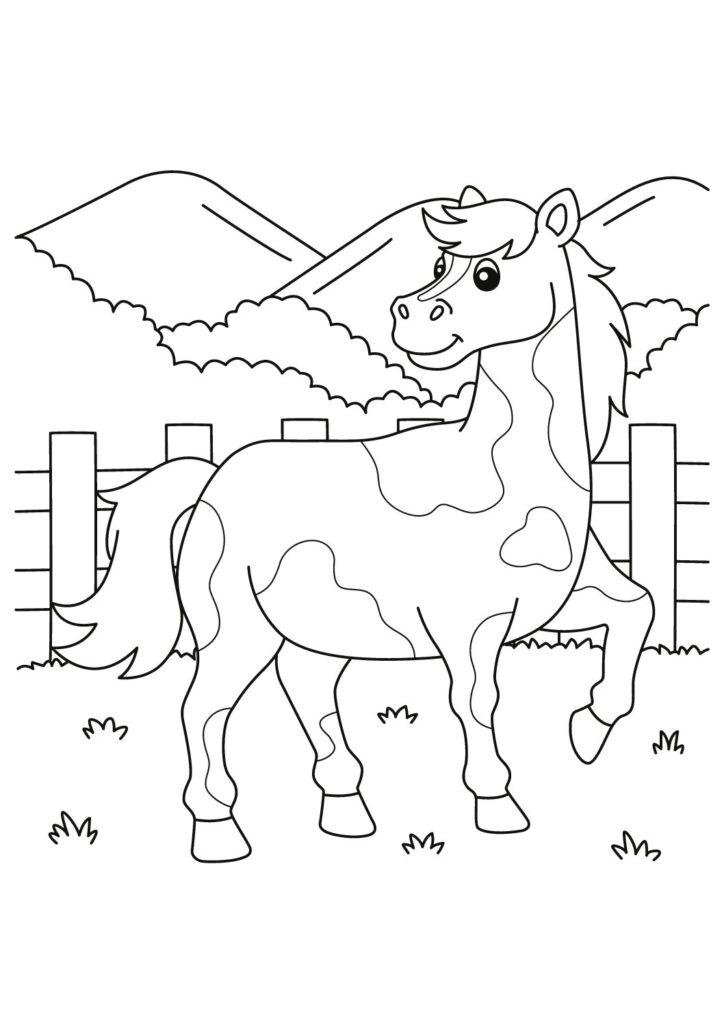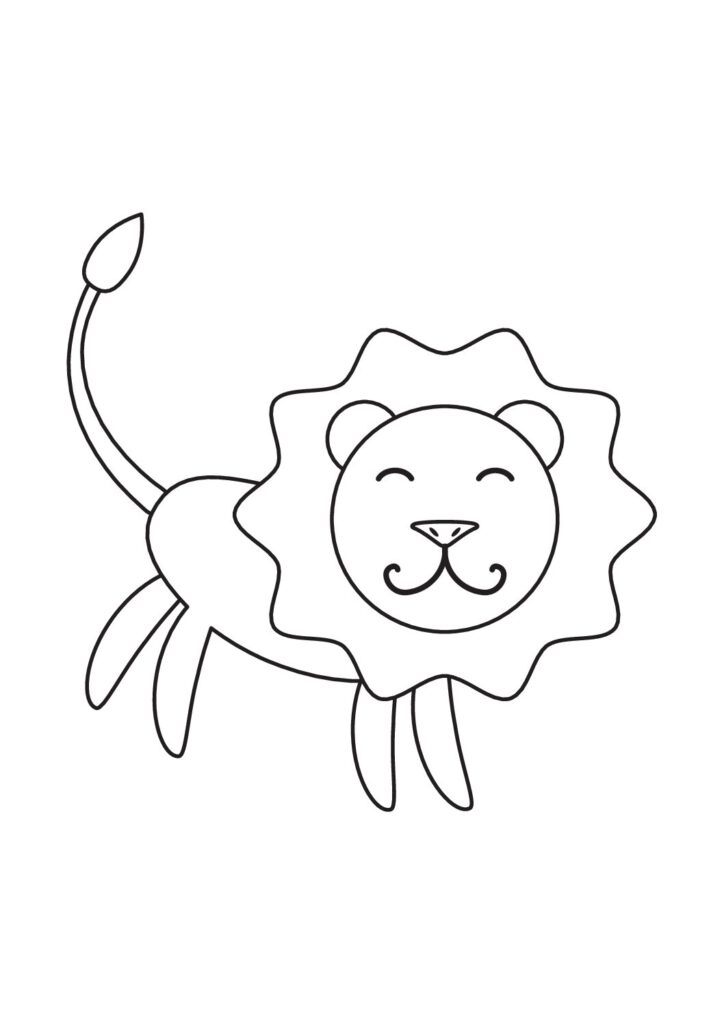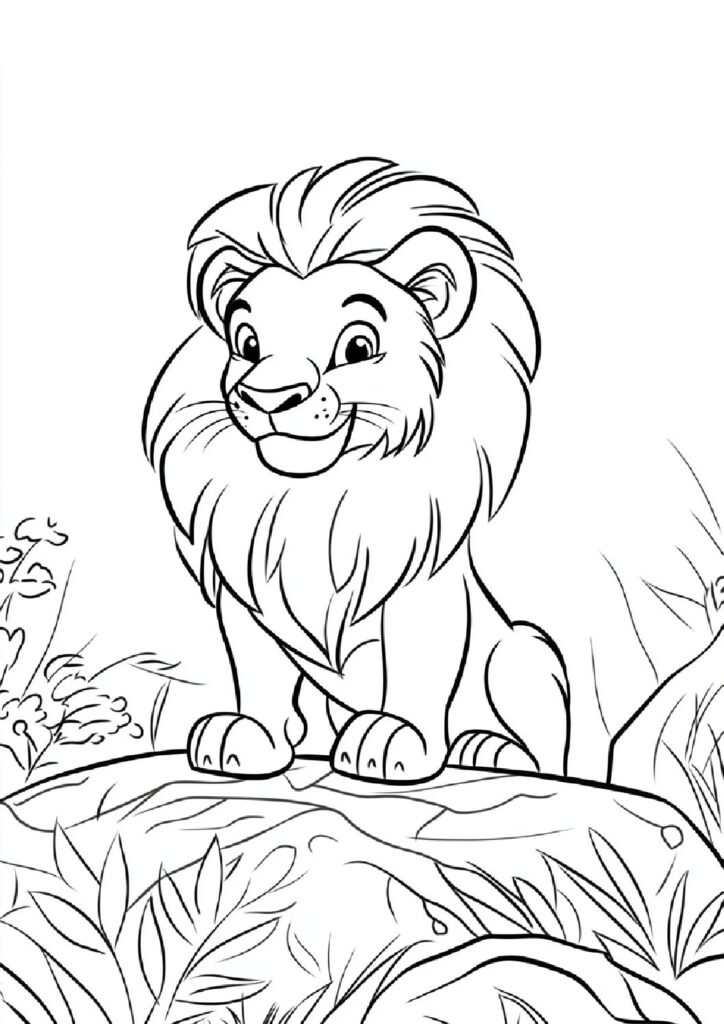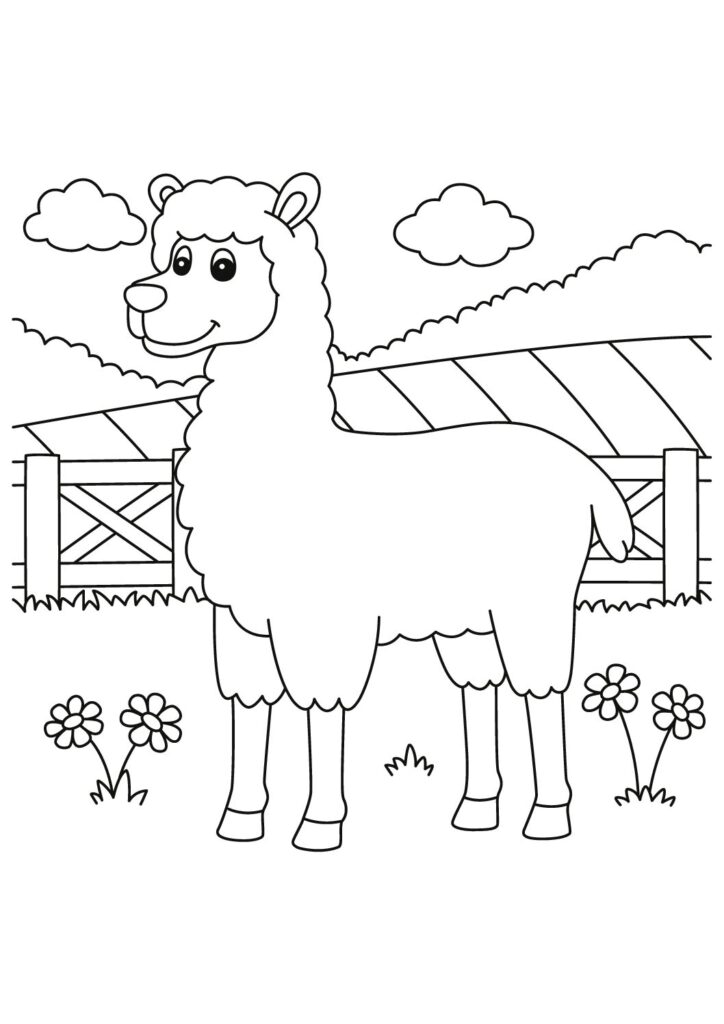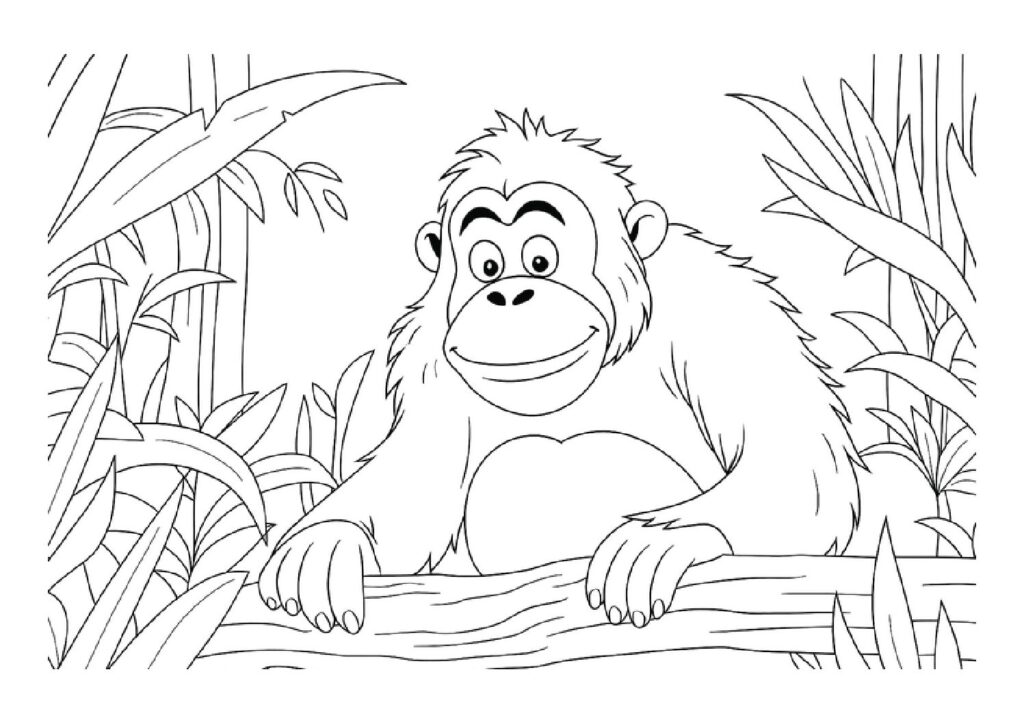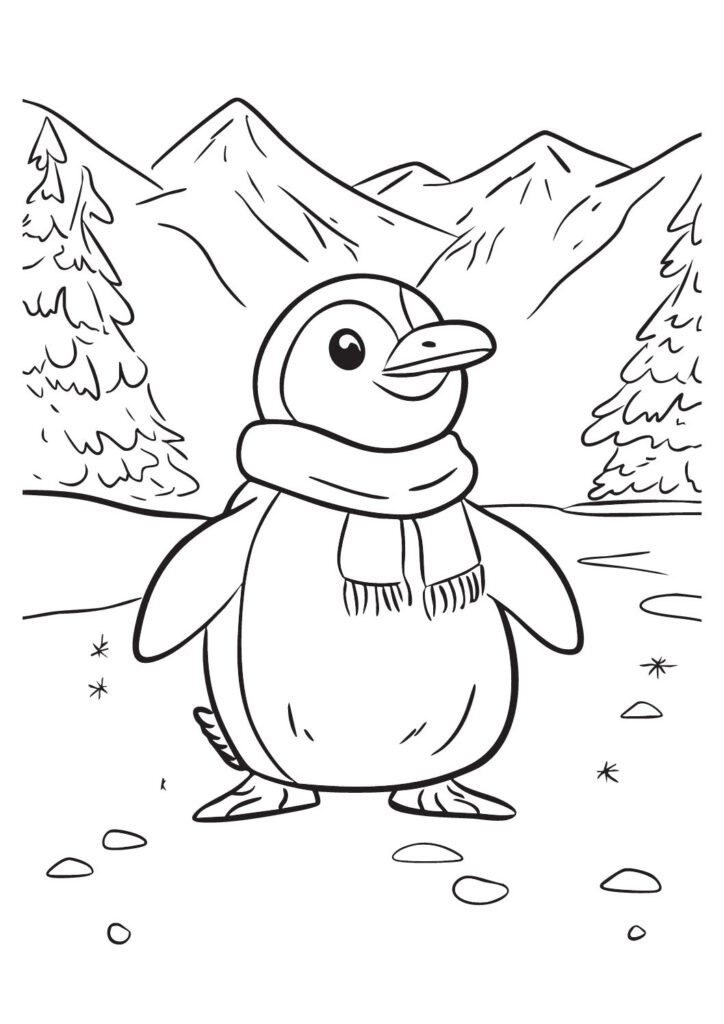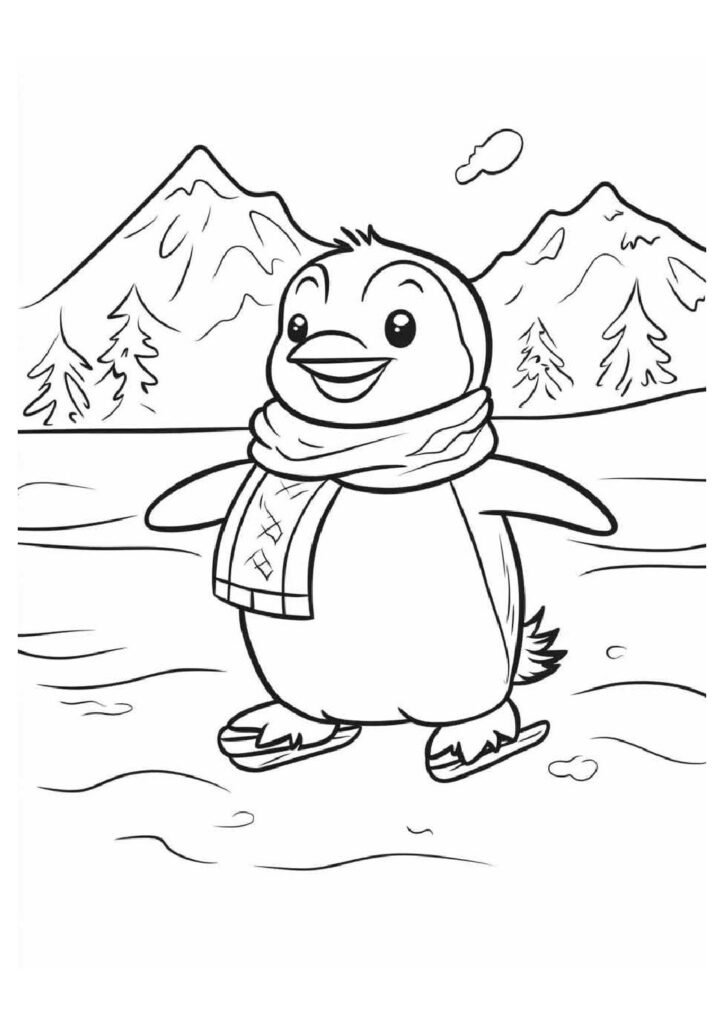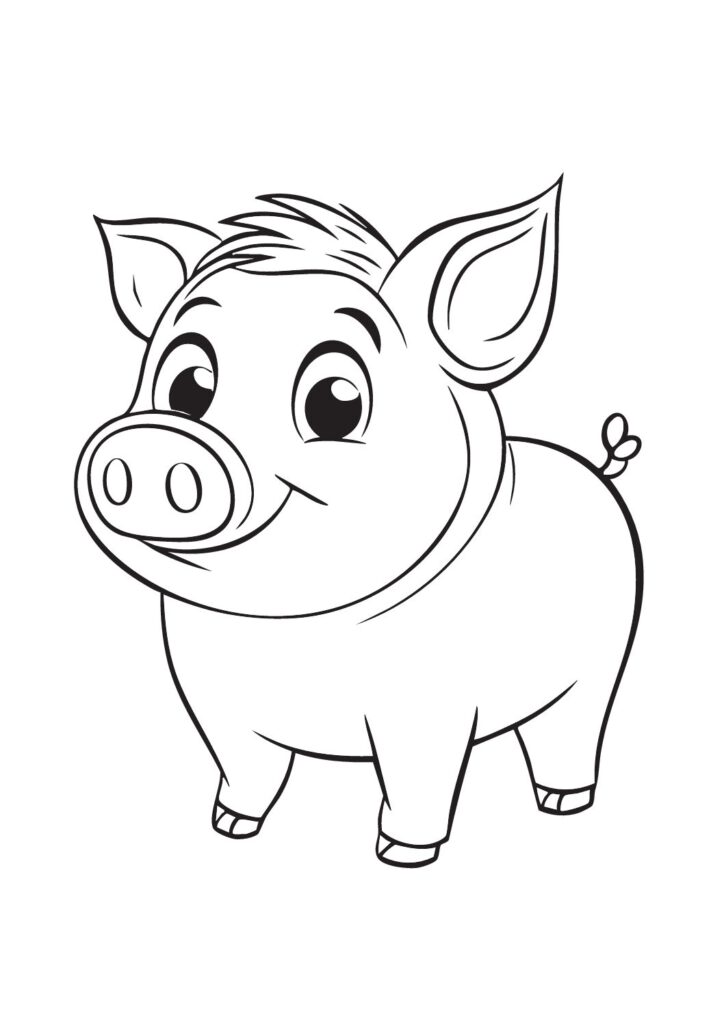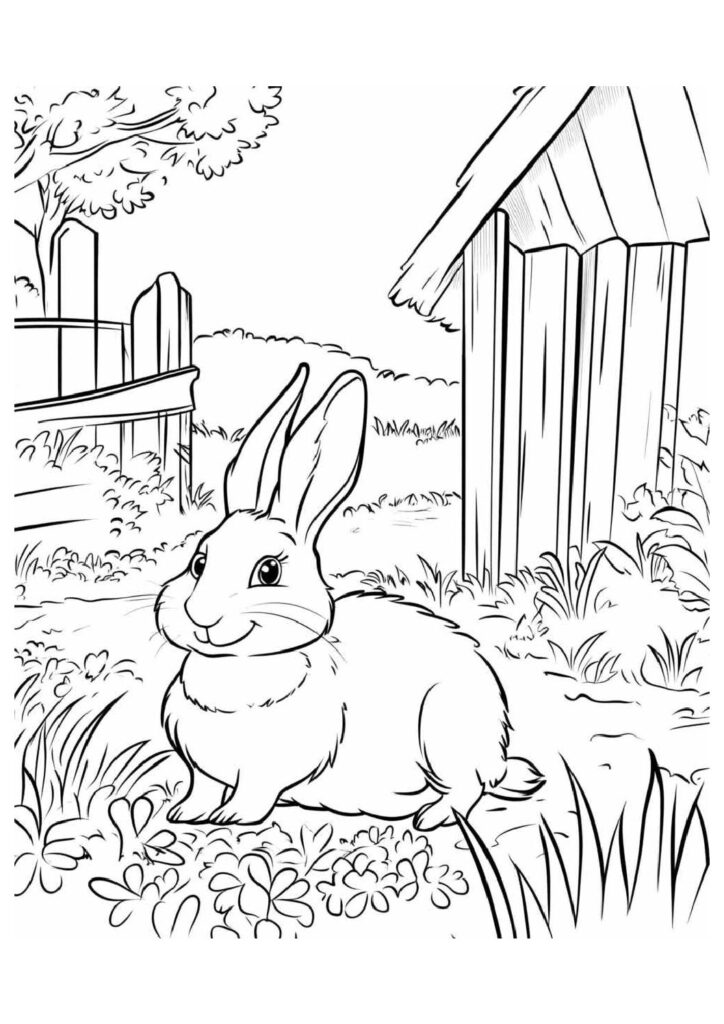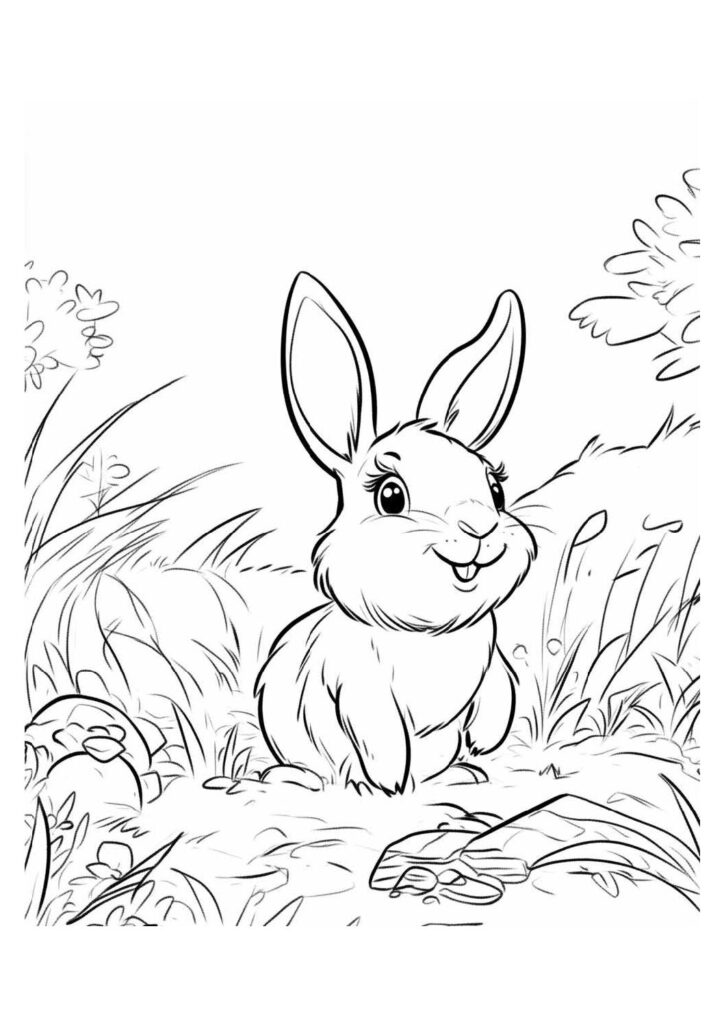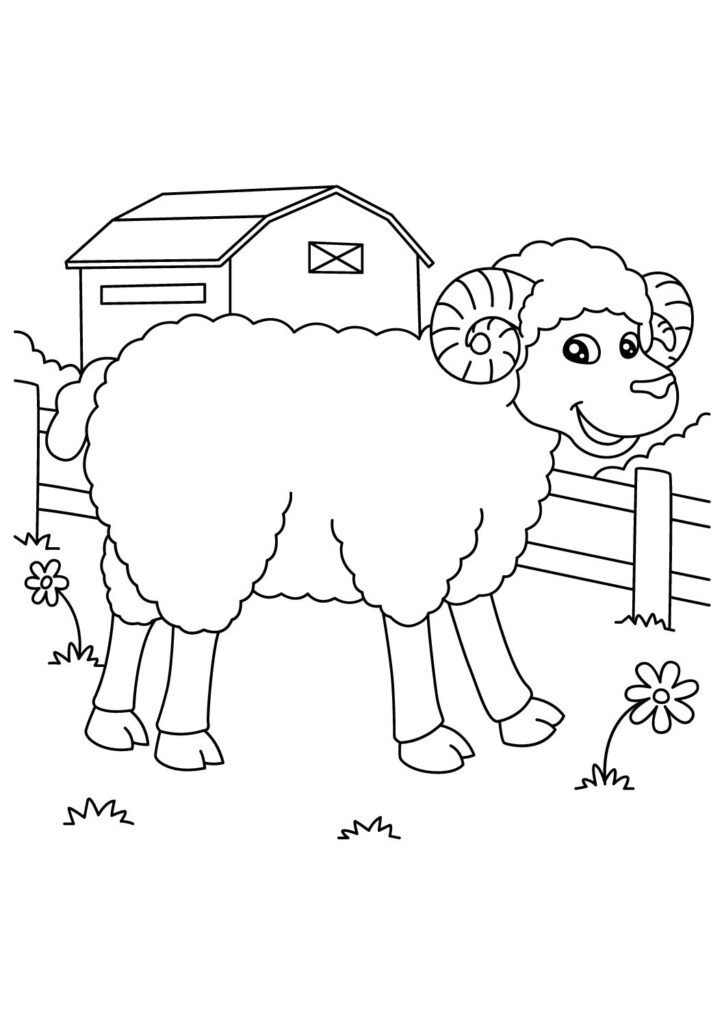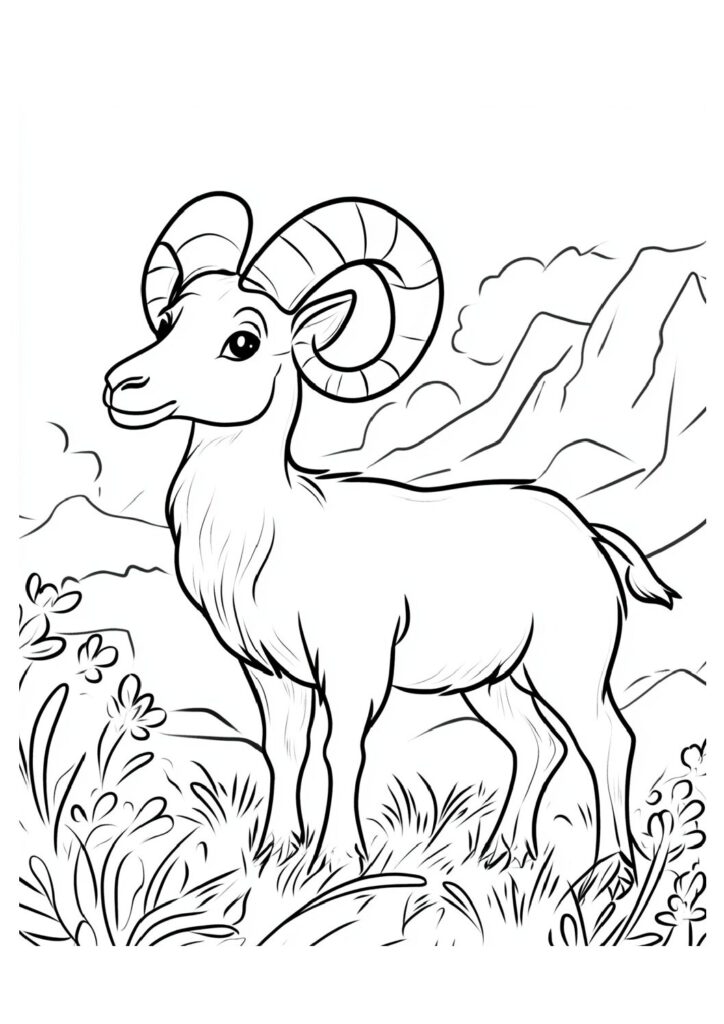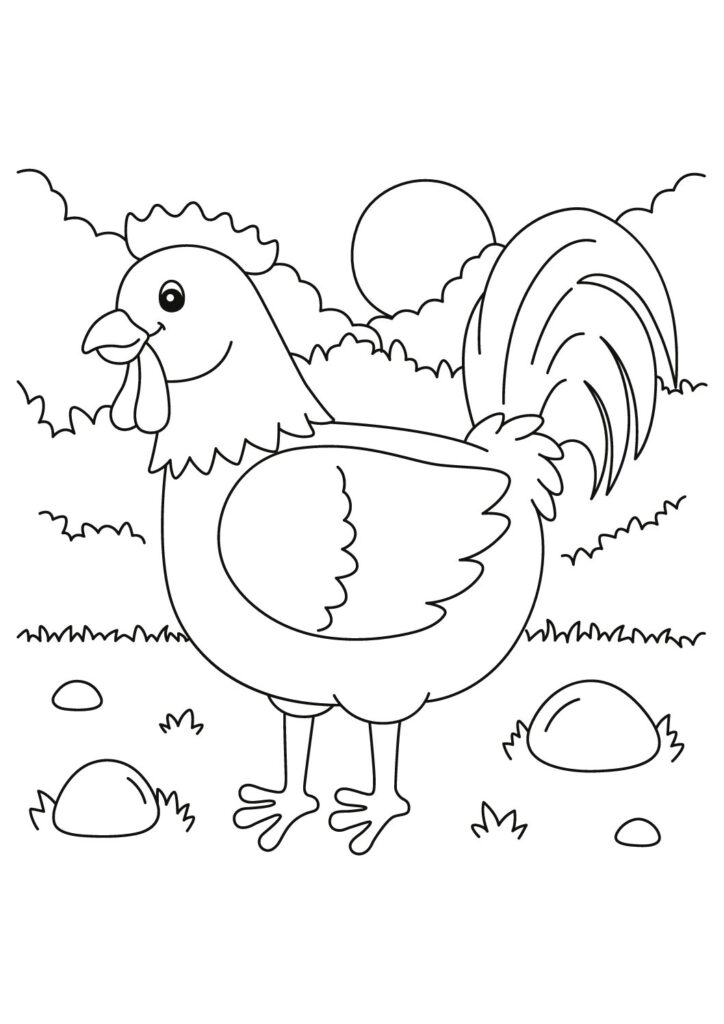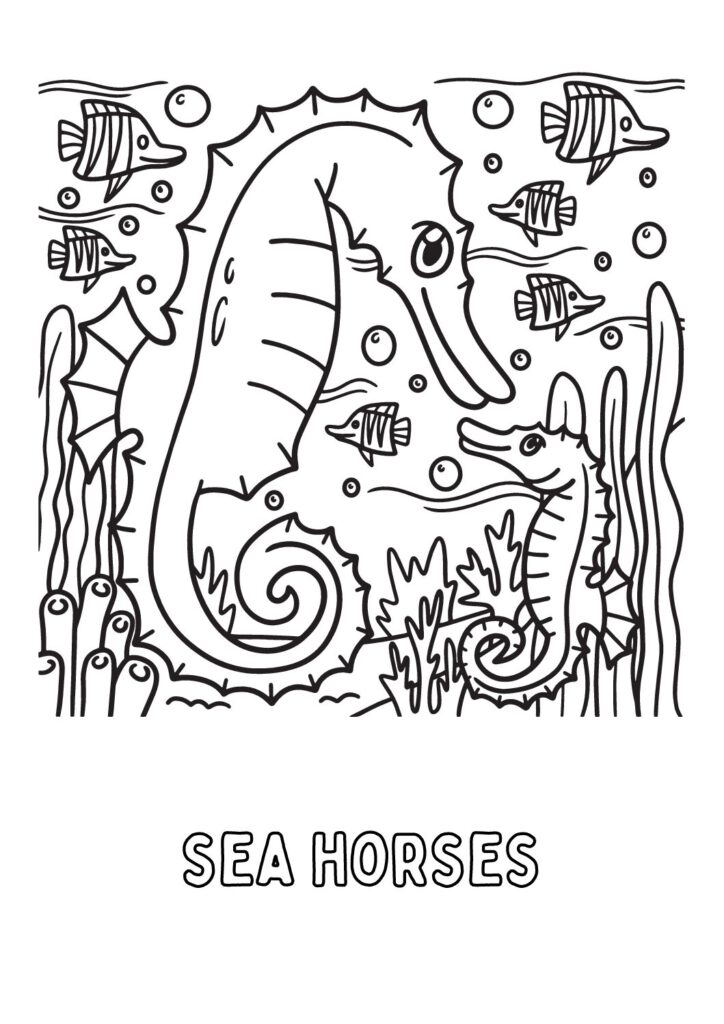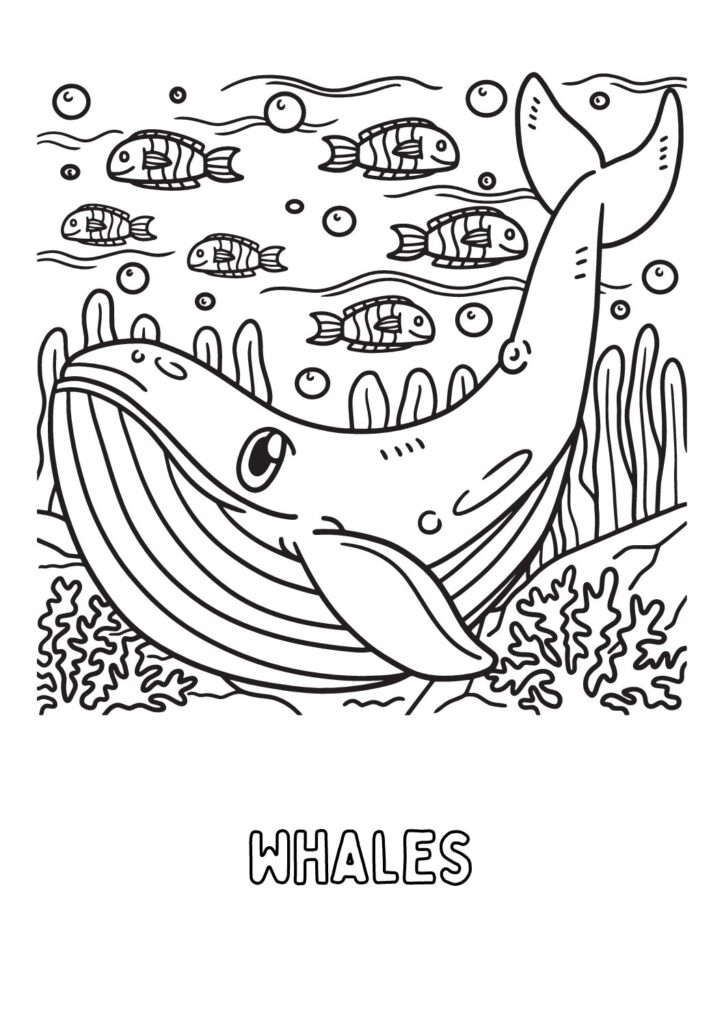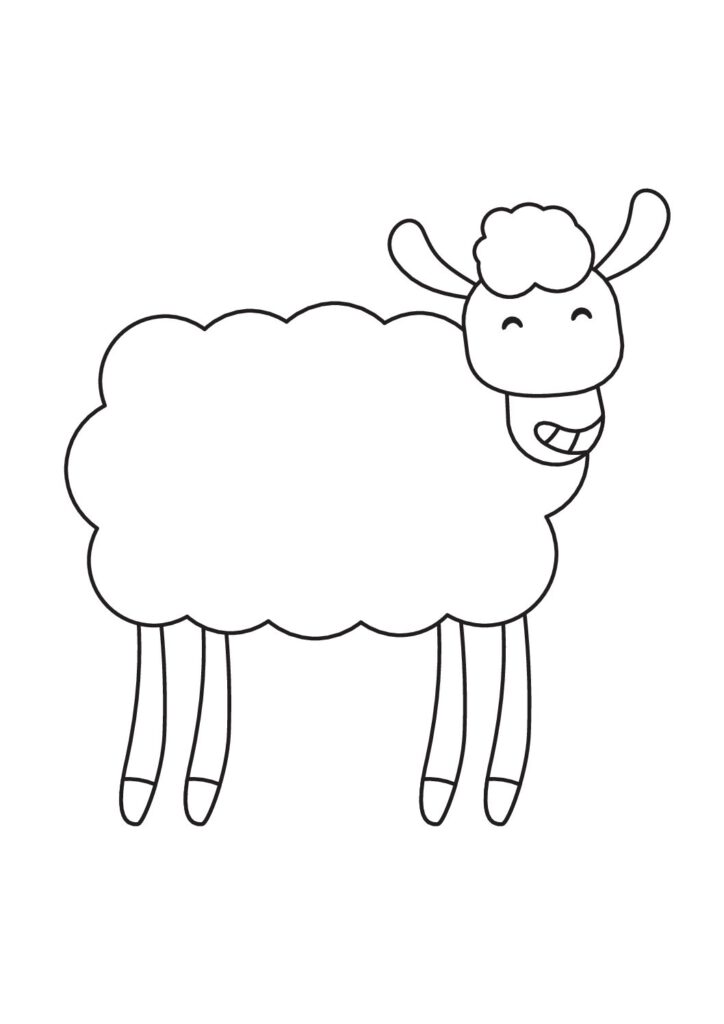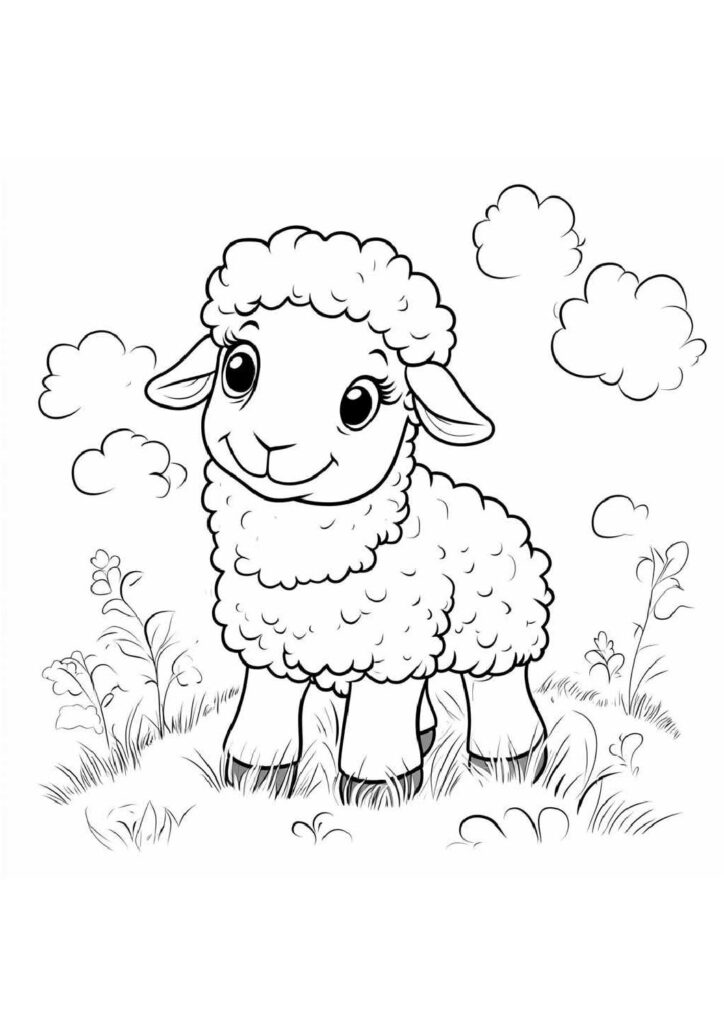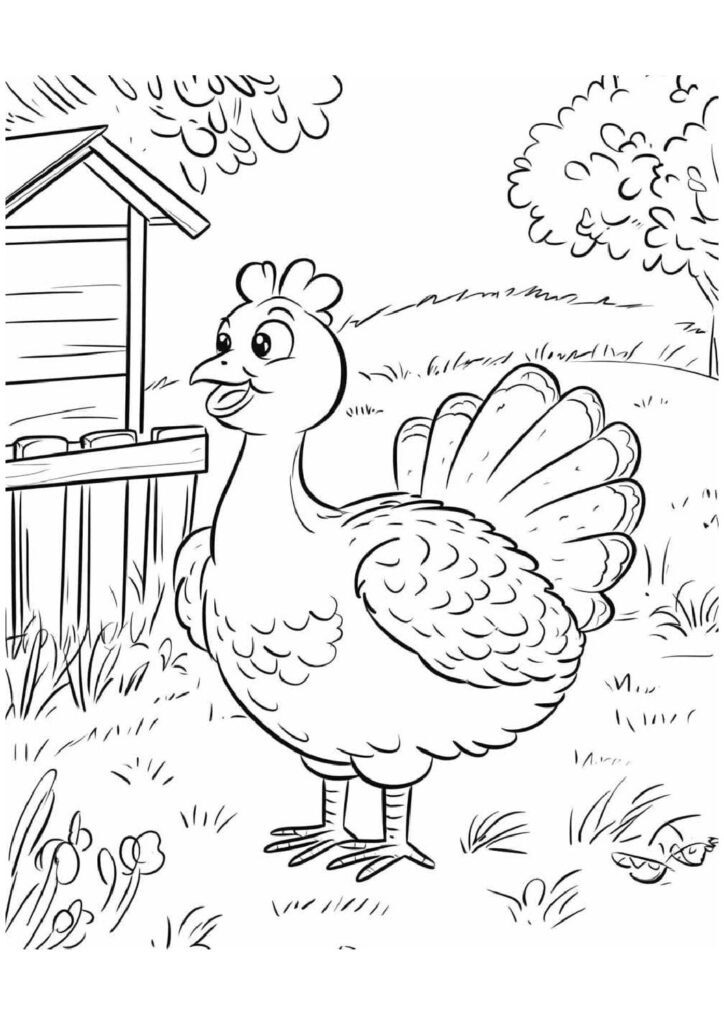5 Free Mouse Coloring Pages for Download (Printable PDF)

Scamper into our free printable mouse coloring pages featuring adorable little rodents! Download these high-quality sheets showcasing cute mice, field mice, and charming mouse homes. Perfect for kids and small animal lovers, these detailed coloring pages capture the sweet charm of these tiny creatures. Each printable sheet brings these delightful little friends to life!
Fascinating Mouse Facts: The Complete Guide to Nature's Tiny Marvels
Introduction
Mice represent one of Earth’s most successful and widespread small mammals, comprising numerous species within the genus Mus that have adapted to diverse environments across nearly every continent. These remarkable rodents have evolved extraordinary sensory capabilities and reproductive strategies while demonstrating surprising intelligence that has enabled both their natural success and their unique relationship with humans as both unwitting companions and invaluable scientific research subjects.
Remarkable Senses
Mice possess extraordinary sensory capabilities designed for surviving as prey animals, including ultrasonic hearing detecting sounds up to 90 kHz (over four times higher than human range) that enables them to hear predator movements imperceptible to humans. Their specialized whiskers (vibrissae) function as sophisticated tactile organs containing thousands of nerve endings that create detailed three-dimensional maps of their surroundings even in complete darkness, allowing precise navigation through complex environments without visual input.
Cognitive Abilities
Research demonstrates mice possess impressive intelligence, capable of recognizing dozens of other individual mice, learning complex maze patterns, and understanding basic counting concepts. Their remarkable spatial memory allows them to create detailed mental maps of their territory containing hundreds of locations, while their problem-solving abilities enable them to overcome obstacles and develop innovative solutions to access food or escape danger, challenging long-held assumptions about rodent cognitive limitations.
Reproductive Efficiency
The extraordinary reproductive capabilities of mice represent a primary factor in their evolutionary success, with females capable of producing up to 10 litters annually containing 6-8 pups each under optimal conditions. Their accelerated development—reaching sexual maturity in just 6-8 weeks—allows populations to expand exponentially when resources permit, while their ability to reproduce year-round rather than seasonally enables rapid recovery from population setbacks and efficient exploitation of temporary resource abundance.
Scientific Significance
Mice have become invaluable to scientific research, serving as critical model organisms that have contributed to countless medical breakthroughs including vaccines, cancer treatments, and neurological research. Their surprising genetic similarity to humans (sharing approximately 85% of our protein-coding DNA), combined with their small size, rapid reproduction, and well-documented biology, has established them as essential research subjects whose contributions to human health are incalculable despite ethical considerations surrounding their laboratory use.
Ecological Impact
Despite their small size, mice serve crucial ecological functions including seed dispersal, soil aeration through burrowing, and providing essential food sources for numerous predator species. Their population cycles dramatically influence predator dynamics while their feeding activities affect plant communities through selective consumption and dispersal of certain seeds, demonstrating how these small mammals create disproportionately large impacts on ecosystem function despite their diminutive dimensions.
Adaptation Success
Mice exemplify evolutionary success through remarkable adaptability, having colonized environments from frozen tundra to arid deserts alongside human expansion. Their omnivorous diet allows them to exploit diverse food sources ranging from grains to insects, while their small size enables them to utilize microhabitats unavailable to larger mammals. This extraordinary adaptability, combined with their cognitive flexibility and reproductive efficiency, explains their unprecedented success as one of few wild mammals that has expanded its range and population alongside human civilization.
